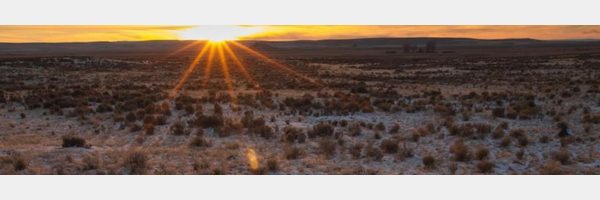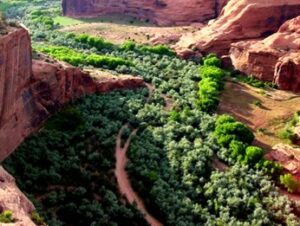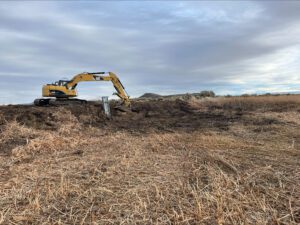As we all discover as we age, nothing is truly simple. Here’s an example from Malheur National Wildlife Refuge.
The overarching goal of the refuge, as we all know, is to provide protected habitat for wildlife. But, as federally managed public lands, the refuge has other goals as well. Among these is the preservation of our nation’s history.
Malheur contains a rich set of historic features, sites, and structure left behind by earlier residents, including aboriginal Americans. Several sites, including P Ranch and Sod House, recall the time when cattle ranchers occupied what is now the preserve. Historic buildings survive at both sites.
At refuge headquarters, another set of structures reminds us of the New Deal programs of the 1930s and the work of the Civilian Conservation Corps. Personally, I am charmed by the handsome stone buildings erected by those young men nearly 90 years ago. The buildings have aged well.
Managing historic buildings within a natural setting is not without its challenges, however. Just a few days ago, I attended a meeting with refuge staff where we discussed, among other things, the contradictory roles of these old buildings as both functioning historic structures and wildlife habitat.
Native bats, it seems, have been moving into the attic spaces of these buildings. There, during the summer months, they pass the bright daylight hours as they wait for dusk and feeding time. This is good for bats, but not so beneficial for the buildings and the humans who work in them. Bat droppings can both damage structures and threaten human health.
So, which is more important? Should the refuge maximize wildlife habitat or must it prioritize historic buildings and human health? The answer, of course, is that Malheur must achieve both, and therein lies a challenging puzzle.
Stand by – in coming issues we should have more to say about finding the balance here. As I said at the top, nothing is simple.
– Wm. Tweed









